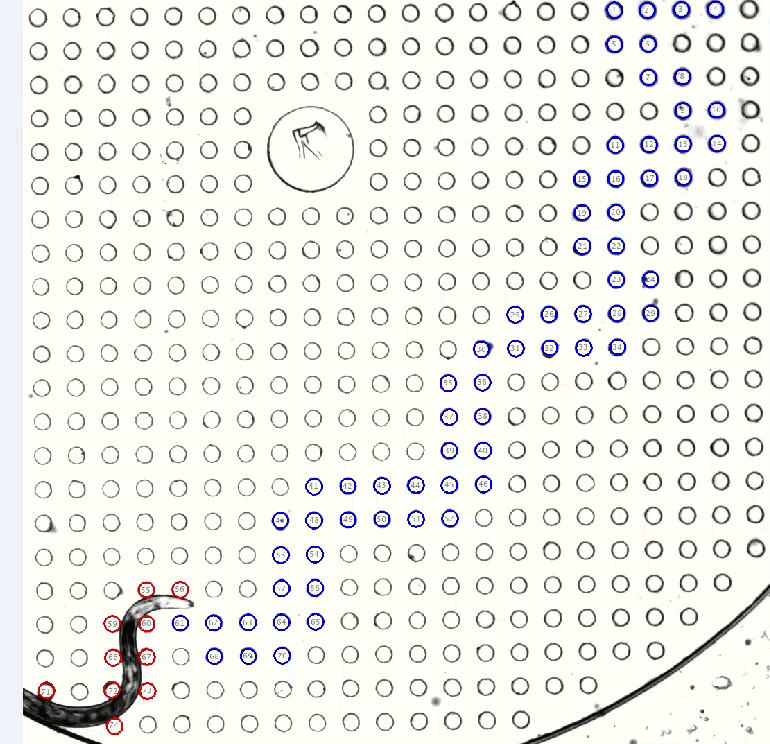Micro-16
Science Objective
Loss of muscle mass and strength present a major challenge for astronauts on future long space voyages. Determining Muscle Strength in Space-flown Caenorhabditis elegans (Micro-16) uses this tiny worm to test whether decreased expression of muscle proteins is associated with decreased strength. The research team developed a new device to measure muscle strength in multiple generations of space-reared C. elegans worms and compare that strength to postflight muscle gene expression analyses.
Status
Supplies launched aboard NG-15 on February 20, 2021, from Wallops Flight Facility.
Experiment Description
A major impediment to long-duration space travel is loss of muscle mass and strength during spaceflight. The nematode Caenorhabditis elegans (C. elegans) is a proven, cost-effective model for studying the effects of spaceflight on muscle. Past experiments on Earth and on board the International Space Station (ISS) have shown that the expression of genes that encode members of a muscle attachment complex is reduced in C. elegans during spaceflight. A key question is whether these changes in gene expression result in reduced muscle strength in response to spaceflight. While reduced force production is documented for astronauts, it has yet to be demonstrated for C. elegans.
To address this critical knowledge gap, a new device, called NemaFlex, was developed to enable continuous measurement of worm muscle forces. Using this NemaFlex device on Earth, defects in muscle attachment complexes were shown to lead to decline in worm muscle strength. Motivated by past flight data and ground results, Determining Muscle Strength in Space-flown Caenorhabditis elegans (Micro-16) (a) demonstrates the flight readiness of a miniaturized NemaFlex device for quantitative characterization of muscle strength of C. elegans, (b) tests the hypothesis, based on past flight data, that muscle strength decreases in flight as a result of altered muscle gene expression in the worm, and (c) quantifies muscle strength loss in spaceflight across multiple worm generations. Successful measurement of muscle strength in flight will make C. elegans a more comprehensive genomic model for muscle physiology, potentially enabling meaningful translation of discoveries made in C. elegans to astronauts. The proposed studies have important spinoff implications for sarcopenia (an urgent public health problem on Earth) and may produce a terrestrial model for testing potential therapeutic interventions for muscle strength decline during flight.































